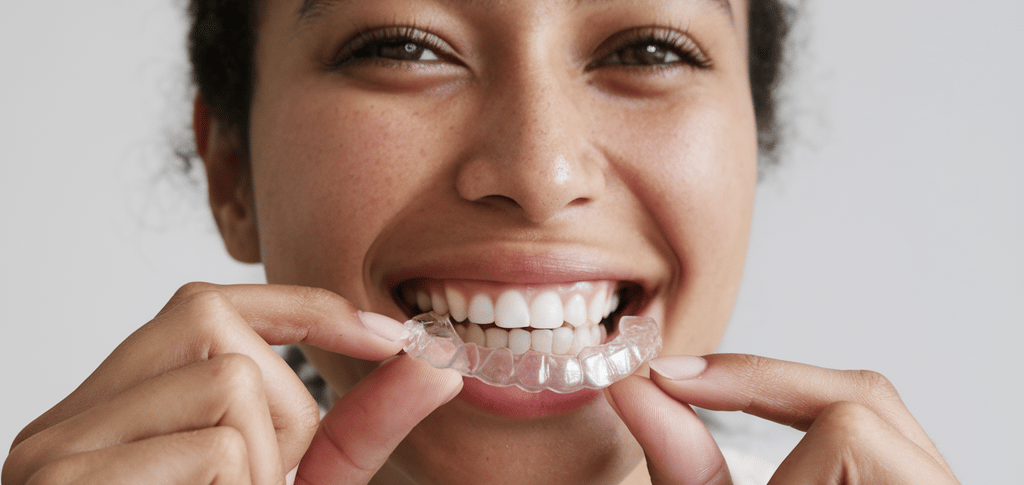Clear Aligners for Patients with Skeletal Discrepancies: Limits and Possibilities
Clear aligners have transformed orthodontics, offering patients a more convenient, less noticeable way to straighten their teeth. Yet, while they work wonders for many dental issues, their effectiveness is limited when it comes to skeletal discrepancies—problems rooted in the bones of the jaw rather than just the teeth. These complex cases often require more invasive solutions, such as surgery. This article explores the limitations and possibilities of clear aligners for patients with skeletal discrepancies, backed by recent research.
Azeem Jameel
10/8/20243 min read


Clear Aligners for Patients with Skeletal Discrepancies: Limits and Possibilities
Clear aligners have transformed orthodontics, offering patients a more convenient, less noticeable way to straighten their teeth. Yet, while they work wonders for many dental issues, their effectiveness is limited when it comes to skeletal discrepancies—problems rooted in the bones of the jaw rather than just the teeth. These complex cases often require more invasive solutions, such as surgery. This article explores the limitations and possibilities of clear aligners for patients with skeletal discrepancies, backed by recent research.
What Are Skeletal Discrepancies?
Skeletal discrepancies involve the misalignment of the bones that make up the upper and lower jaws. They affect how the jaws relate to each other and can result in bite issues, aesthetic concerns, and functional problems. Skeletal discrepancies often present as:
Class II Malocclusion: Where the upper jaw is positioned too far forward, leading to an overbite.
Class III Malocclusion: Where the lower jaw juts out ahead of the upper jaw, causing an underbite.
Open Bites: When the upper and lower teeth don’t meet, often due to abnormal jaw growth.
Since these discrepancies stem from the jawbones themselves, they are more complex than simple tooth misalignments. This makes them harder to treat with aligners alone.
How Clear Aligners Work—and Where They Fall Short
Clear aligners are excellent at adjusting the position of teeth within the existing jaw structure. For dental issues like crowding, spacing, and rotations, aligners can deliver effective results. However, their ability to address skeletal problems is far more limited.
In cases of skeletal discrepancies, the main challenge is that aligners cannot significantly change the position of the jawbones themselves. This is where treatments like braces, functional appliances, or even surgery may become necessary.
Recent Research on Clear Aligners and Skeletal Discrepancies
Recent studies highlight the limits of clear aligners in treating moderate to severe skeletal discrepancies. For example, a 2024 study in the Journal of Clinical Orthodontics points out that while clear aligners can achieve dental correction in cases of mild Class II and Class III malocclusions, they struggle to correct the underlying jaw misalignment. Researchers emphasize the need for adjunctive therapies, such as elastics or temporary anchorage devices (TADs), to provide some jaw correction, but even these tools have their limits.
Another 2024 review from The American Journal of Orthodontics and Dentofacial Orthopedics supports the idea that, for adults with skeletal issues, surgery often remains the best option. However, the article also notes that clear aligners can be useful for post-surgical fine-tuning of tooth positions, providing comfort and esthetics during recovery.
Limits of Clear Aligners for Skeletal Issues
Inability to Correct Jaw Position: Aligners primarily focus on moving teeth, but skeletal discrepancies require changes to the jawbones. Severe Class II or Class III malocclusions often need jaw surgery, particularly in adults, where growth has ceased.
Age Factor: In growing children, certain skeletal discrepancies can be managed with growth modification appliances, but in adults, these options are off the table. Clear aligners alone can't address these issues, which is why surgical intervention is often required.
Complex Cases: Cases involving severe jaw misalignment or open bites generally go beyond what aligners can fix. Aligners may offer some improvement, but these cases often need a combination of orthodontics and surgery for optimal results.
Where Clear Aligners Can Help
Despite their limitations, clear aligners can still play a role in treating patients with skeletal discrepancies under certain conditions:
Mild to Moderate Cases: In some instances, where skeletal issues are less pronounced, aligners may be used in combination with elastics or TADs to achieve decent results. The effectiveness depends on the degree of the skeletal misalignment and the age of the patient.
Post-Surgical Refinement: Clear aligners are often a great option after orthognathic surgery. They can fine-tune the alignment of teeth post-surgery, providing a more comfortable and less visible treatment compared to traditional braces.
Early Intervention: For younger patients still in their growth phase, clear aligners can be part of a broader treatment plan that includes growth modification appliances. This combination can help guide the teeth and jaw into better alignment during critical developmental periods.
Looking Ahead: Future Possibilities
With advances in 3D imaging, treatment planning, and biomechanics, the role of clear aligners in addressing more complex cases might expand. Emerging technology could allow aligners to be used in more integrated ways, working alongside other orthodontic tools to provide better outcomes for skeletal discrepancies. Custom aligner systems with more targeted pressure points may also open doors for treating more complex cases.
Conclusion
Clear aligners have changed the face of orthodontics, but when it comes to skeletal discrepancies, their role is more limited. These discrepancies often require surgical solutions or adjunctive therapies beyond what clear aligners can provide. However, for mild cases or post-surgical treatments, aligners offer a valuable and comfortable alternative. As technology continues to evolve, it will be exciting to see how far clear aligners can go in addressing more complex orthodontic challenges.

Connect
Social Accounts
+1 830 7451 586
Building 595, Block H3, Phase 2
Johar town, Lahore Pakistan
Address
Mail at:
Call at:


ClearCare Ortho offers premium-quality, exceptionally clear, and affordable orthodontic aligner treatments worldwide.
© 2023 Copyright ClearCare Ortho All Right Reserved.
info@clearcareortho.com
